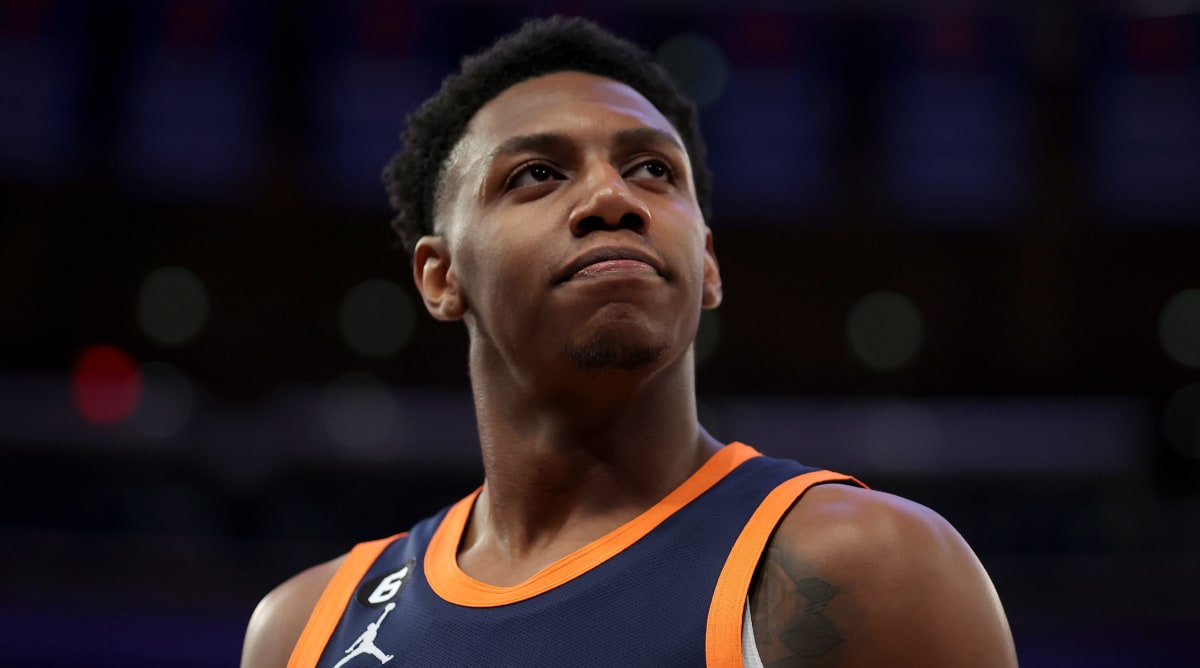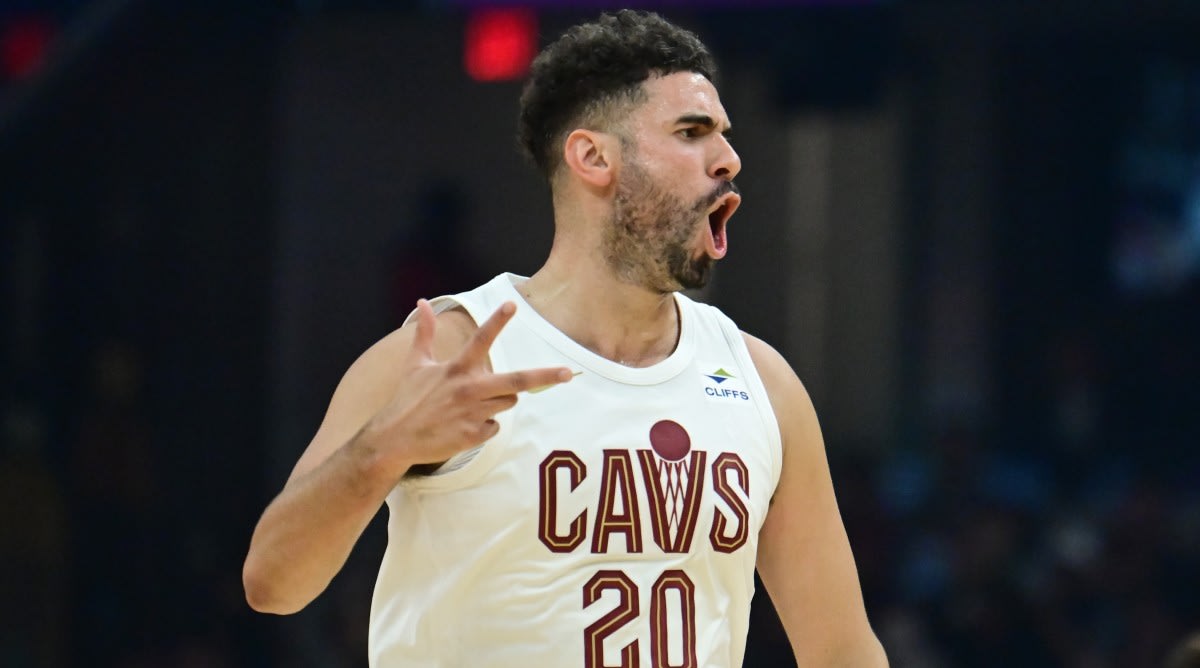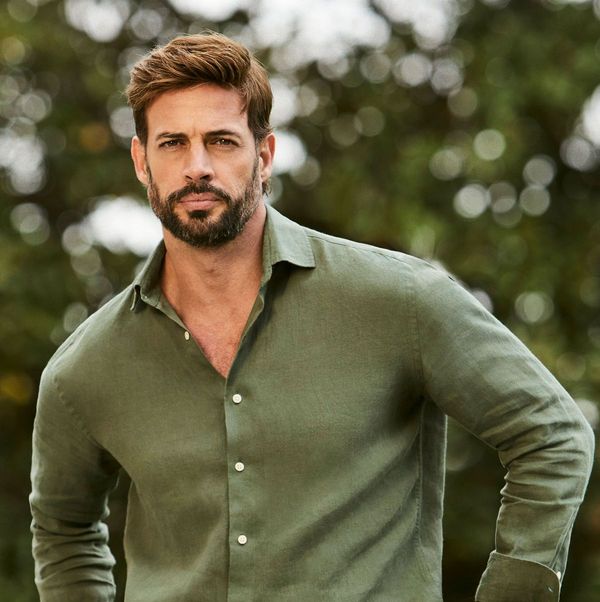Earlier this week, we outlined three of the biggest x-factor players in the highly competitive Western Conference. So now it’s only natural to analyze the same thing in the souped-up East.
Which rotation players figure to shift the balance of power most in the current landscape once play begins in a week and a half?
Al Horford, Celtics
Even two weeks ago, when Boston boasted Kristaps Porziņģis, Robert Williams III and Horford at the center position, there were questions about depth. Porziņģis and Williams each frequently struggle with injuries, while Horford, solid as he is, is 37 years old. Even with the talent at that spot, the club’s center rotation wasn’t exactly the most stable rock that ever existed.
And then the Celtics traded Williams and Malcolm Brogdon as part of the deal for Jrue Holiday, improving their ballhandling and point-of-attack defense significantly while further thinning the big-man rotation. The move places increased attention and importance on Horford’s shoulders, and does so at a time where Horford is coming off a particularly tough postseason. Long seen as a Joel Embiid stopper and a floor spacer, Horford shot a brutal 29.7% from three-point range on 94 playoff attempts. By contrast, he shot a blistering 47.9% on 98 attempts during the team’s 2022 postseason run.
The C’s will likely land a No. 3 center. But make no mistake: They’ll need a reliable version of Horford to raise another championship banner this time next year.

Brad Penner/USA TODAY Sports
RJ Barrett (and other NY wings), Knicks
It’s fitting that we touch on the subject of reliability as we get to Barrett, a player who’s been maddeningly inconsistent for years now.
He isn’t Zion Williamson or Ja Morant athletically, and he never will be. But Barrett, heading into his fifth season as a pro, has plenty of moments when he looks capable of being more than just a third or fourth option. He showcased them against Cleveland and Miami in the playoffs last season—shooting better than 50% in five of those games—often when the Knicks had little else going offensively. Truthfully, it’s generally a question of which RJ you’re going to get from one game, or one month, to the next. Overall, his effective field goal rate was tied for the third lowest in the league among players who took 15 shots or more per game.
Why does all this matter so much? Mostly because the Knicks have a plethora of wing options available if Barrett isn’t performing well enough, something that wasn’t always true when last season began. Aside from Quentin Grimes and Josh Hart being there, guard Donte DiVincenzo—who shot nearly 40% from three last year compared to Barrett’s career-worst 31%—is more than capable of logging 25 to 30 minutes if he needs to.
What coach Tom Thibodeau gets out of Barrett, and his wing rotation generally, figures to go a long way in outlining just how good the Knicks are this season.

Ken Blaze/USA TODAY Sports
Georges Niang, Cavaliers
Cleveland had the potential to do a little more than it did last season.
No, beggars can’t be choosers, and it had been 25 years since the franchise had reached the postseason without a person named LeBron on the roster. But the Cavs had the best defense in basketball, and a capable offense with Darius Garland and Donovan Mitchell. They also had home court advantage, for what it’s worth.
Still, Cleveland had flaws. Aside from not being anywhere near physical enough against the Knicks in the first round, the Cavs also lacked any real veteran scoring punch off their bench, making the choice to waive Kevin Love—who’d fallen out of Cleveland’s rotation—look even more curious.
The club added Max Strus, the solid wing from Miami, who figures to be a yearlong starter, and helps transition Caris LeVert to the bench for more scoring. (Although, it remains to be seen how J.B. Bickerstaff would handle an opening-night rotation if starting center Jarrett Allen is unable to go.) But Niang is the interesting piece here. His presence at power forward potentially allows the Cavs to go a bit smaller—and have more shooting—with Garland, Mitchell, Strus and Evan Mobley playing at center.
It’s unclear whether the Cavs can snap their fingers and become tougher, either through altering their mindset or through gaining more experience. (Particularly with Niang, who is physical with his box-outs, but rebounds at one of the lower rates in the league at his size and position.) But one alternative, as we might see, is playing within a more spacing-friendly offense when the club opts to go small.







